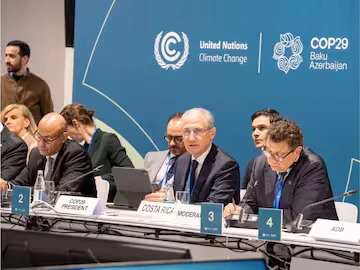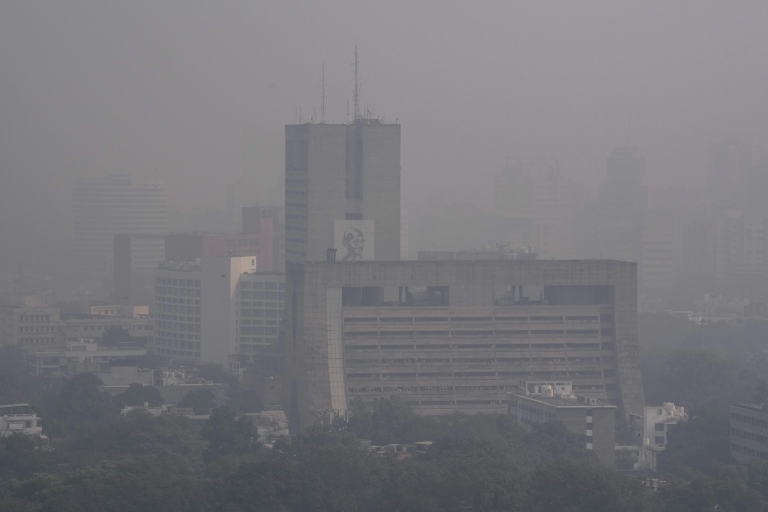
#image_title
A new report released on Thursday called on the UN Climate Summit to prioritize mobilizing $1 trillion annually by 2030 for emerging markets and developing countries (EMDCs) beyond China. This call is in response to the need to meet the targets of the 2015 Paris Agreement, especially as negotiations on a new climate finance goal are underway at COP29.

The study was unveiled by the Independent High-Level Expert Group on Climate Finance, which has been assigned by the COP presidencies to assist in developing policy suggestions related to climate finance, which is a key focus in the Baku climate negotiations. The results are released as nations are engaged in heated discussions to reach a “new collective quantified goal” (NCQG) in Baku to take the place of the earlier $100 billion commitment.
Climate Cost During COP29 Summit
The analysis projected that the worldwide funding required for measures against climate change could be between $6.3 and $6.7 trillion annually by 2030. A significant portion, at least $2.7 trillion, is expected to come from developed countries, with another $1.3 to $1.4 trillion from China, and the remaining $2.3 to $2.5 trillion from Emerging Market
Developing Countries (EMDCs) excluding China. By 2035, it’s anticipated that the annual global investment for climate initiatives could reach $7 to $8.1 trillion. These numbers indicate a more than four-fold increase in total climate finance and a more than six-fold increase in external funding by 2030, which is essential to meet the goals set by the Paris Agreement, as stated in the report.
Professionals cautioned that without the wealthy countries stepping up to fulfill the financial requirements for adapting to climate change and covering losses and damages, these expenses will rapidly increase as the threats from climate change grow. “A lack of investment before 2030 leads to a more expensive and challenging journey towards achieving climate stability,” it observed.
The updated objective should encompass a wider range than the earlier pledge of $100 billion annually, necessitating diverse funding sources and investment strategies. Among the anticipated annual investment requirements of approximately $2.4 trillion for Emerging Market and Developing Countries (EMDCs) excluding China, about $1.6 trillion is allocated to the shift towards clean energy, $0.25 trillion for adaptation and resilience measures, $0.25 trillion for addressing loss and damage, $0.3 trillion for the preservation of natural resources and sustainable farming, and $0.04 trillion for promoting a fair transition, it was outlined.
The document highlighted the need for “creative approaches” to tackle the existing shortfall in concessional funding. A proposed approach, it mentioned, involves taxing the sectors that emit a lot of greenhouse gases internationally. This could produce a substantial amount of money to assist in filling the gap for climate finance.
Arunabha Ghosh, the head of the Council on Energy, Environment and Water (CEEW), highlighted that the extensive 34-page report from the Non-Cooperative Threat Group (NCQG) was brimming with brackets and choices, showing that different groups remained firm in their current stances. “A lot more effort is required to reach consensus on critical issues. In the end, the NCQG needs to be in harmony with the requirements of developing nations and should total at least $1 trillion annually, mainly in the form of grants and concessional loans,” he emphasized.



